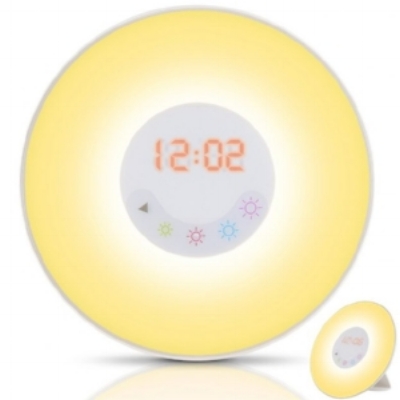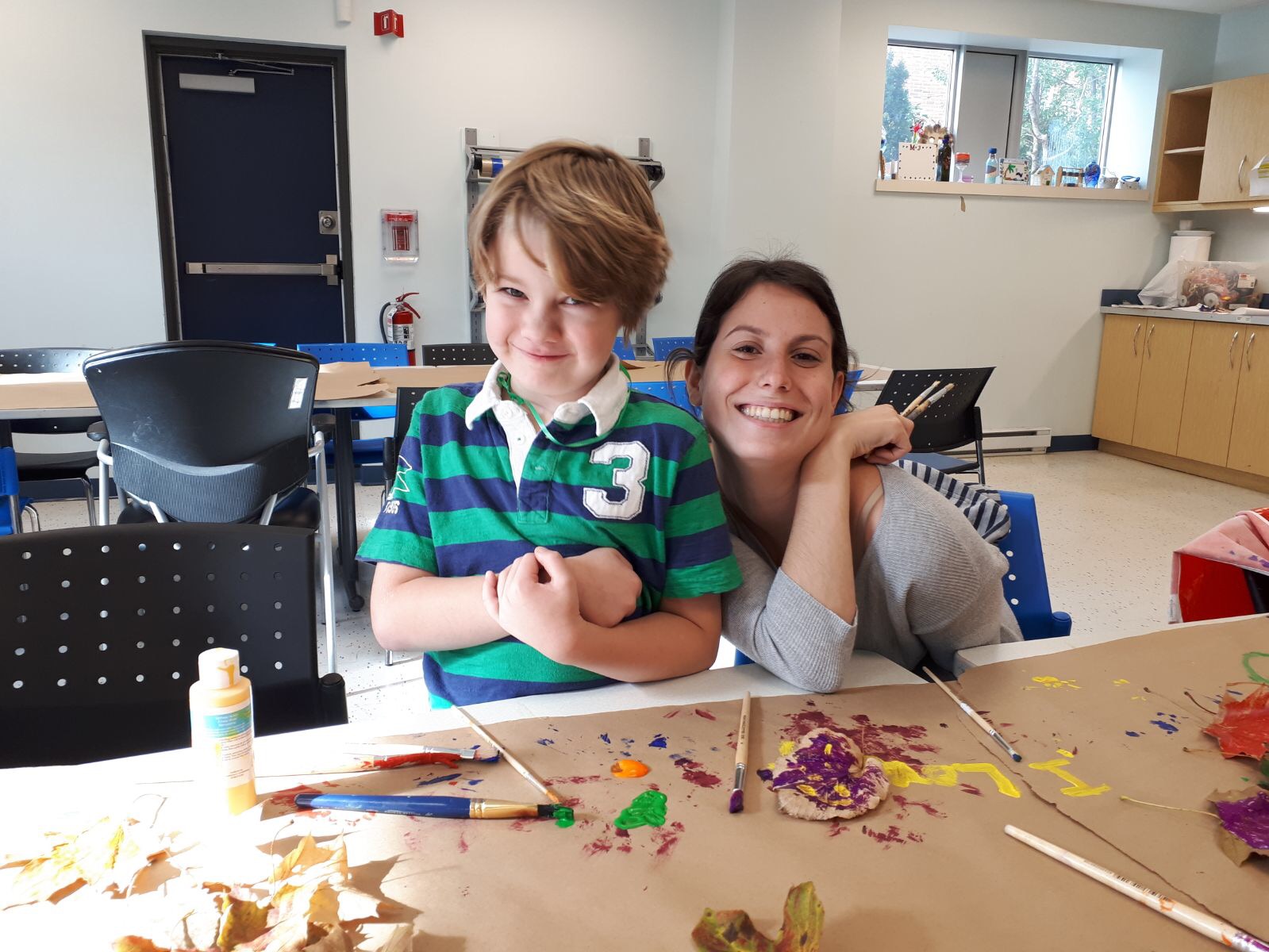Father’s Day is upon us, and if you’re like many people, you’ve probably put your shopping off to the last minute. I am both a father and a son, so I am familiar with, and have made grudging peace with, the reality that if you forget Mother’s Day, you’re garbage offspring and deserve scorn, but forgetting Father’s Day probably merits an “eh, what are you gonna do?” We’re not too insulted. Most years, all I really want is an obscenely big meatful lunch at my favorite barbecue place, and I’ll even drive if need be. Once a year I participate in culinary atrocities against the critters of the barnyard, and that’s about all I require.
But it’s not too late to do a little special somethin’ somethin’ for the dads in your life, and one group that gets overlooked perhaps more than most are the fathers of kids with disabilities. Special needs dads deserve some particular rewards this Father’s Day. Here are a few suggestions, if you’re still shopping. (Neckties are the noose of capitalism, you know. Unless they have funny things printed on them.)
1. Special Fix-It Tool
There are some clichés about fathers in general that are outdated and stupid. (Homer Simpson does not represent the vast majority of us, except perhaps where beer and/or donuts are concerned.) But honestly, there are a few that have their roots in reality. One of those might just be our impulse, rooted in millennia of tradition and cultural programming, to fix things that are broken, or inefficient, or perhaps just working differently than we’re accustomed to.
For the special needs father, this impulse can be particularly frustrating. It’s not always in vain; my own impulse to provide a solution for my nonverbal daughter’s obstacles probably led me to become an even stronger advocate for assistive technology than I might have otherwise been. And I’m struck by the large number of accomplished and innovative men in the field of assistive technology, even as the larger world of disability support trends decidedly female. It’s a stereotype, the fix-it father, but it holds some truth, I think.
For that special needs dad, I’d like to recommend a very special fix-it tool. This tool doesn’t fix our children. They don’t necessarily require repair, nor is it ever that simple anyway. This tool fixes the world. It fixes a society that doesn’t easily accept our kids. It repairs schools that don’t understand or embrace inclusivity. This tool will adjust the expectations of employers and open doors to opportunity and understanding that have been jammed for years. And most of all, this tool will unlock personal depths of acceptance and understanding and patience in fathers like myself.
I’m working on that tool. It seems like it has taken roughly seventeen years to assemble, and it’s not finished yet. But it’s a work in progress. I’ll let you know how it goes. (Accepting pre-orders now.)
2. A Hat Rack
One of the lessons I have learned as I’ve grown older is that advocacy has a lot more gray areas than I ever imagined. The most recent lesson came when my teenage daughter was subjected to some pretty awful sexual harassment by a classmate of hers. The situation became more complicated when it turned out that the young man in question had an intellectual disability as well.
The statistics for young disabled women and the sexual harassment and sexual assault they experience are horrifying. As we strive to build an inclusive environment, special needs fathers are faced with some uncomfortable truths, and one of the most difficult is that when young people with disabilities are learning to navigate the complex world around them, some of the failures can be awkward and even dangerous. As special needs fathers, we are tasked with protecting our kids, and sometimes protecting other vulnerable people from our kids. And sometimes the lines, and our responsibilities, can be hard to discern.
So for my fellow special needs dads, might I suggest a hat rack for Father’s Day. Because try as you might, there will be days when you simple cannot wear your Advocate Hat and your Dad Hat at the same time.
3. A Club Membership
This parenting stuff is hard. It really is. It’s hard for the obvious reasons, but for the special needs parent, there are some special circumstances. It’s isolating. It can be exhausting, and there is absolutely no guidebook. There are a lot of resources online (how did parents do this before the Internet?), but fathers will quickly find that the majority of these communities are dominated by mothers, and it can feel like we’re not part of the discussion.
The whole “Why aren’t special needs dads statistically more involved in the care of their kids?” discussion is maybe one for another time, but there’s definitely a chicken and egg quality to it. Do disability parenting resources focus primarily on mothers because fathers are hesitant to participate, or are dads stepping back because the resources can often feel exclusionary? Like the owl and the Tootsie Roll Pop, the world may never know.
Regardless of the why, special needs fathers can be particularly isolated. That’s why I suggest a club membership. Find your people, in the real world or online. (Let’s be real, though; probably online.) Find your dad tribe, and embrace each other. Hugging’s okay. Sadly, few people are watching us anyway.
4. An Air Horn
For those moments at IEP meetings when dads feel invisible and unheard. (Honestly, isn’t that the best mental image ever?)
By: Robert Rummel-Hudson
Robert Rummel-Hudson is the author of Schuyler's Monster: A Father's Journey with His Wordless Daughter (St. Martin's Press 2008). He is a regular contributor to Support for Special Needs and lectures on assistive technology and disability rights. He lives in Plano, Texas, where he watches many monster movies with Schuyler.































